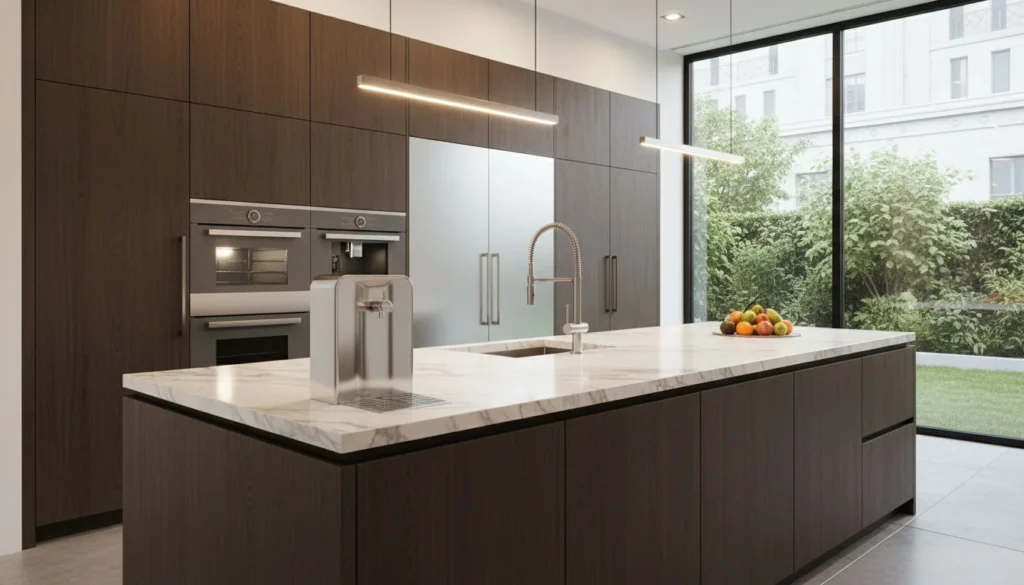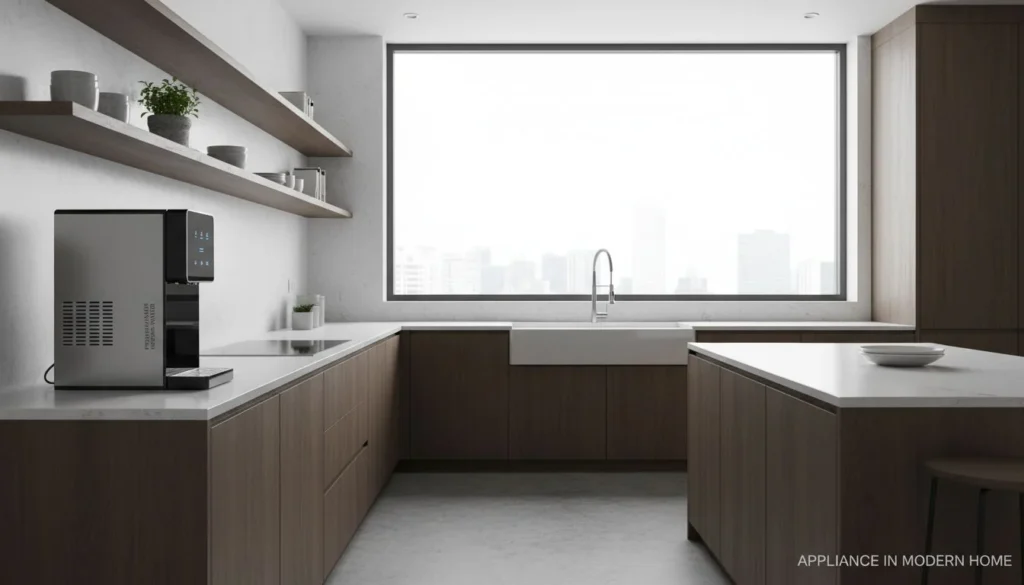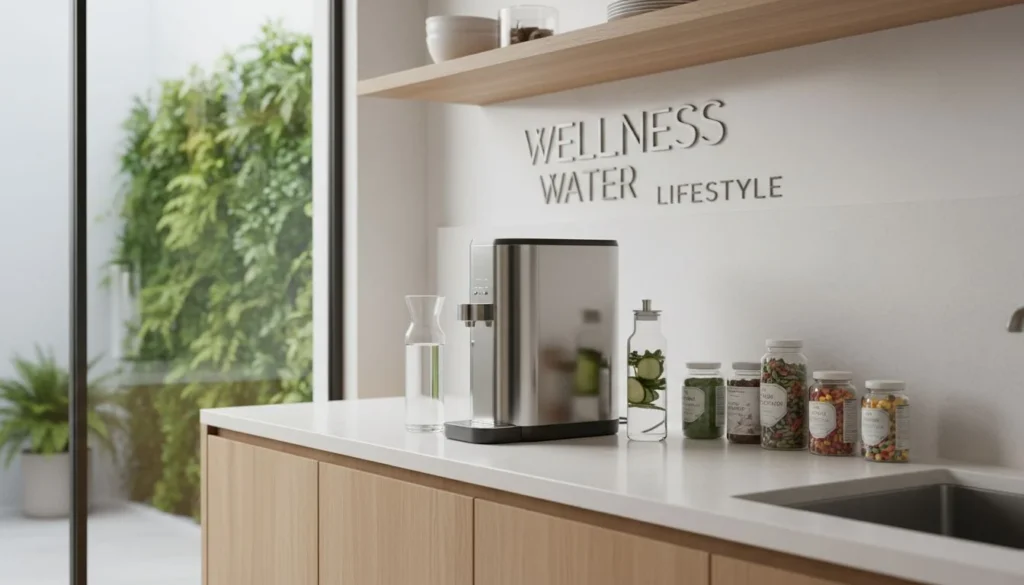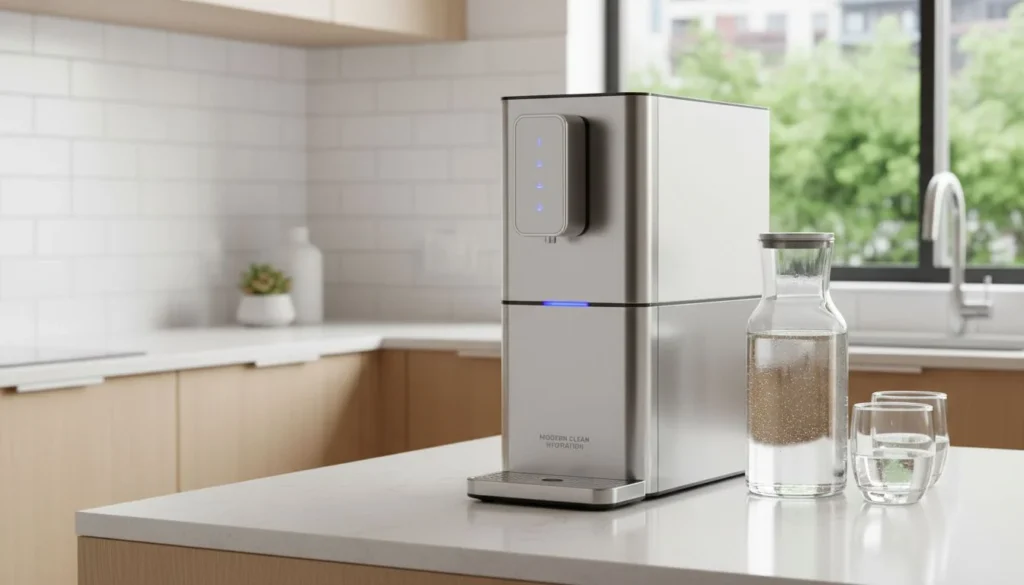Formaldehyde, a pervasive volatile organic compound (VOC), is a silent intruder in many indoor environments. Emitted from common household items like furniture, flooring, paints, and adhesives, it can off-gas for years, posing significant health risks ranging from respiratory irritation to more severe long-term health issues. Unlike larger particulate matter, formaldehyde molecules are notoriously difficult to capture with standard HEPA filters, making its effective removal a complex challenge for air purification systems.
This comprehensive guide delves into the various technologies employed by air purifiers to combat formaldehyde, examining their mechanisms, effectiveness, and limitations. We will also explore what makes an air purifier truly effective against this stubborn pollutant and how HisoAir, with its advanced ODM/JDM capabilities, is at the forefront of developing tailored formaldehyde removal solutions.
Why Is Formaldehyde So Hard to Eliminate?
Formaldehyde (HCHO) is a colorless, pungent gas that belongs to the aldehyde family of organic compounds. Its widespread use in manufacturing and construction materials means it's a common indoor air pollutant. The challenge in eliminating formaldehyde stems from several factors:
- Continuous Off-Gassing: Materials containing formaldehyde, such as pressed wood products (plywood, particleboard, fiberboard), glues, and certain fabrics, can release the gas slowly over extended periods, sometimes for many years after installation. This continuous emission makes it difficult to achieve a permanent reduction in indoor concentrations.
- Molecular Size: Formaldehyde molecules are extremely small, allowing them to easily pass through conventional particulate filters like HEPA, which are designed to capture larger particles such as dust, pollen, and mold spores.
- Chemical Stability: Formaldehyde is a relatively stable compound, meaning it doesn't easily break down on its own at room temperature. This necessitates active chemical or catalytic processes for its effective removal.
Long-term exposure to formaldehyde, even at low levels, can lead to a range of health problems, including eye, nose, and throat irritation, coughing, wheezing, and allergic reactions. The International Agency for Research on Cancer (IARC) has classified formaldehyde as a human carcinogen, linking it to nasopharyngeal cancer and leukemia.
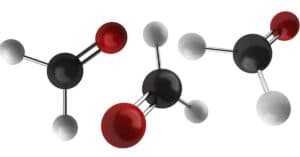
Technologies That Actually Remove Formaldehyde
While standard HEPA filters are crucial for particulate matter, specialized technologies are required to effectively remove gaseous pollutants like formaldehyde. Here's a breakdown of the most prominent and effective methods:
1. Activated Carbon
How It Works: Activated carbon is a highly porous material with a vast internal surface area. It removes formaldehyde through a process called physical adsorption, where gas molecules are trapped within the carbon's intricate pore structure. The effectiveness of activated carbon is directly proportional to its mass and surface area.
Эффективность: ⭐⭐⭐
Notes: Standard activated carbon is effective for a range of VOCs, including formaldehyde. However, its adsorption capacity is finite, meaning it eventually becomes saturated and needs frequent replacement. The amount of activated carbon in a filter is a critical factor; filters with a higher mass (e.g., ≥1.5kg) generally offer better and longer-lasting performance against formaldehyde.
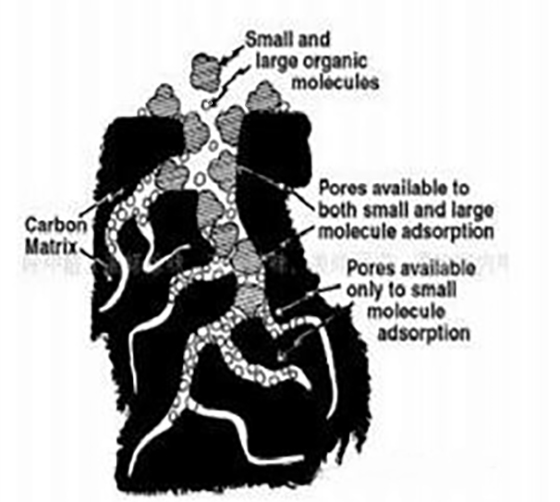
2. Modified Activated Carbon
How It Works: Modified activated carbon, also known as chemically impregnated activated carbon, enhances the adsorption capabilities of standard activated carbon by incorporating chemical additives. These additives react with formaldehyde molecules, forming stronger chemical bonds (chemisorption) and preventing their re-release into the air. Common impregnants include potassium permanganate or other oxidizing agents.
Эффективность: ⭐⭐⭐⭐
Notes: This technology offers significantly improved formaldehyde removal efficiency and capacity compared to untreated activated carbon. It is often found in premium air purifier filters designed specifically for VOC and formaldehyde abatement. While more effective, these filters still have a finite lifespan and require replacement.
3. Cold Catalyst (MnOx/CuOx)
How It Works: Cold catalyst technology utilizes a catalyst, typically composed of manganese oxides (MnOx) or copper oxides (CuOx), to oxidize formaldehyde and other VOCs at room temperature. The catalyst facilitates a chemical reaction that breaks down formaldehyde into harmless substances like water and carbon dioxide, without consuming the catalyst itself.
Эффективность: ⭐⭐⭐⭐
Notes: Cold catalyst filters are highly efficient and operate with low energy consumption. They are particularly effective for continuous formaldehyde removal as the catalyst is not consumed in the process. This technology is a significant advancement over simple adsorption methods, offering a more permanent solution for formaldehyde degradation.
4. Plasma Technology
How It Works: Plasma technology generates a high-voltage electric field to produce a dense cloud of charged particles, including ions and electrons. These reactive species interact with and break down VOC molecules, including formaldehyde, into less harmful compounds. Plasma can also inactivate airborne microorganisms.
Эффективность: ⭐⭐
Notes: While plasma technology can contribute to overall air purification, it is generally considered a supportive technology rather than a standalone solution for primary formaldehyde removal. Some plasma systems may inadvertently produce ozone, a respiratory irritant, as a byproduct, necessitating careful design and integration with other filtration stages to mitigate this risk. HisoAir's plasma technology, as seen on their website, focuses on virus and bacteria elimination, gas pollutant decomposition, and PM2.5/PM10 reduction, highlighting its supplementary role in comprehensive air purification.

5. UVC + Photocatalysis
How It Works: This technology combines ultraviolet-C (UVC) light with a photocatalyst, most commonly titanium dioxide (TiO₂). When UVC light irradiates the TiO₂ surface, it generates highly reactive hydroxyl radicals and superoxide ions. These powerful oxidizers then break down formaldehyde and other VOCs into harmless substances.
Эффективность: ⭐⭐⭐
Notes: The effectiveness of UVC + photocatalysis depends on several factors, including the intensity of the UVC light, the surface area and quality of the photocatalyst, and the contact time between the pollutants and the catalyst. While promising, some systems may have limitations in real-world applications due to factors like airflow rates and the potential for incomplete oxidation, which could lead to the formation of undesirable byproducts. HisoAir's UVC Photocatalytic Germicidal Technology emphasizes DNA/RNA disruption and cell membrane degradation for microbial treatment, indicating its primary role in germicidal action rather than direct formaldehyde decomposition.
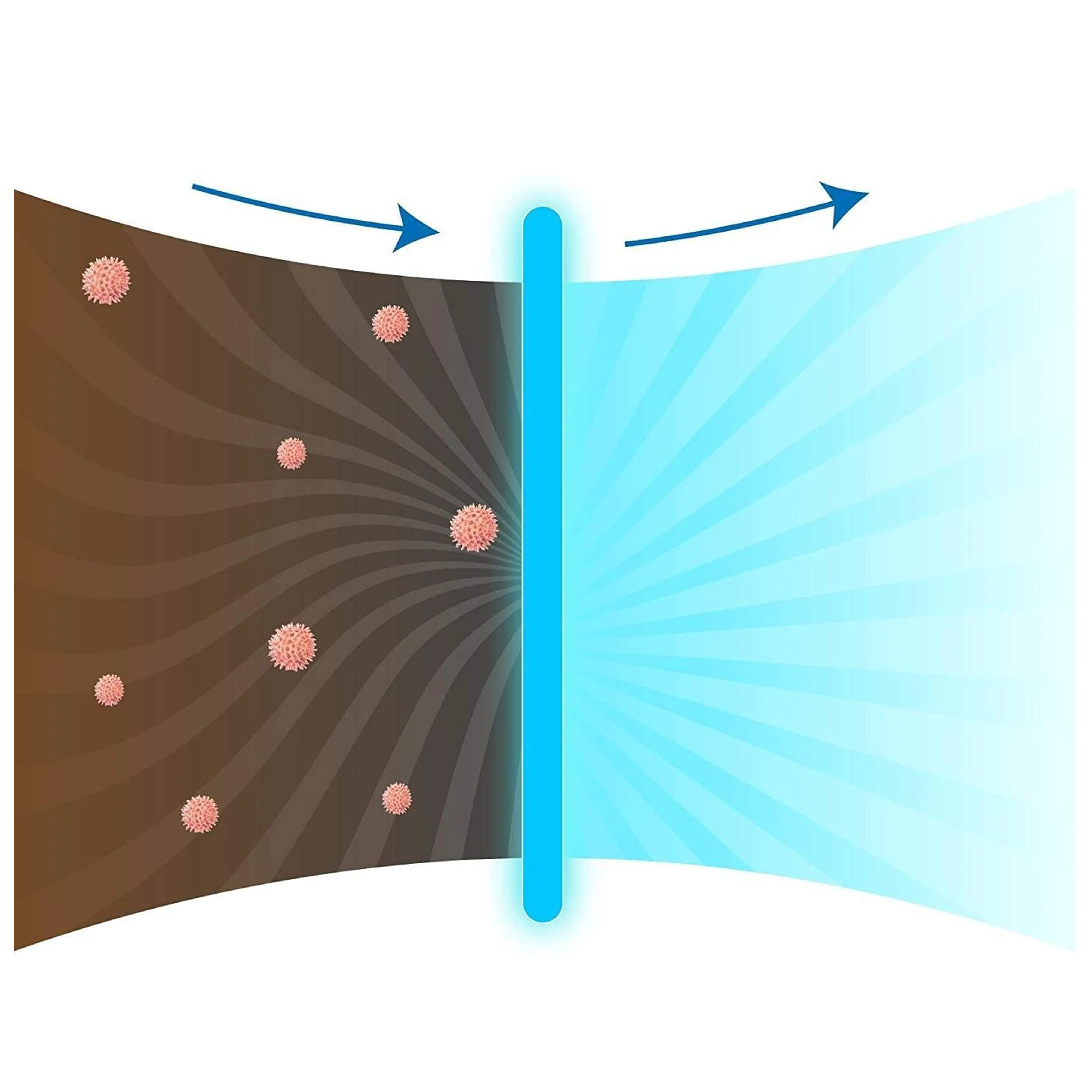
6. ESP + Coupled Catalyst (ESPCC)
How It Works: Electrostatic Precipitator (ESP) technology uses a high-voltage electrostatic field to charge airborne particles, which are then collected on oppositely charged plates. While ESP is highly effective at capturing ultrafine particles and inactivating microbes, it can generate ozone as a byproduct. To address this, ESP is coupled with a catalyst (CC) stage. This coupled catalyst, often a room-temperature catalyst, instantly converts any residual ozone back into oxygen and simultaneously oxidizes common VOCs, including formaldehyde, with virtually no pressure loss or extra power draw.
Эффективность: ⭐⭐⭐⭐⭐
Notes: This integrated system represents a high-end solution for comprehensive air purification. By combining the particle removal capabilities of ESP with the VOC and ozone elimination of a coupled catalyst, ESPCC offers superior performance in achieving truly clean indoor air. HisoAir explicitly highlights its Electrostatic Precipitator Coupled Catalytic Technology (ESPCC) as a solution that unites ultrafine particle removal and microbial kill with ozone and VOC elimination in one compact, energy-efficient module, making it a key technology for formaldehyde removal.

7. PECO (Photo Electrochemical Oxidation)
How It Works: PECO technology, often associated with specific brands, uses a light-activated nano-filter to break down chemical bonds of pollutants like VOCs and formaldehyde. It aims to destroy pollutants at a molecular level rather than just capturing them.
Эффективность: ⭐⭐
Notes: Real-world reviews and independent testing for PECO technology have been mixed. While the concept is promising, its practical effectiveness in various indoor environments and against a wide range of VOCs can vary. It's important to look for independent certifications and transparent performance data when evaluating purifiers with this technology.
What Makes a Good Air Purifier for Formaldehyde?
Choosing an effective air purifier for formaldehyde removal goes beyond just looking at the filter type. Here are key considerations:
- Formaldehyde-Specific CADR Ratings: Look for air purifiers that provide a Clean Air Delivery Rate (CADR) specifically for formaldehyde. CADR measures how quickly an air purifier removes pollutants from a room. A higher formaldehyde CADR indicates better performance against this particular VOC.
- High-Mass Carbon Filters or Catalytic Elements: For activated carbon-based systems, ensure the purifier uses a substantial amount of high-quality activated carbon (e.g., 1.5 kg or more). For catalytic systems, verify the presence and effectiveness of cold catalysts or other advanced catalytic media.
- Avoid Ozone-Only or Ionic Purifiers: While some ionic purifiers claim to remove pollutants, those that primarily rely on ozone generation should be avoided. Ozone is a lung irritant and can be harmful to human health. Effective formaldehyde removal requires active breakdown or adsorption, not just ionization.
- Match Capacity to Room Size: Ensure the air purifier's capacity (measured in m³/h or CADR) is appropriate for the size of the room where it will be used. An undersized purifier will not effectively clean the air.
- Integrated Systems: The most effective air purifiers for formaldehyde often combine multiple technologies. For instance, a system with a pre-filter, HEPA filter, and a substantial activated carbon or catalytic filter will offer comprehensive protection against both particulate and gaseous pollutants.
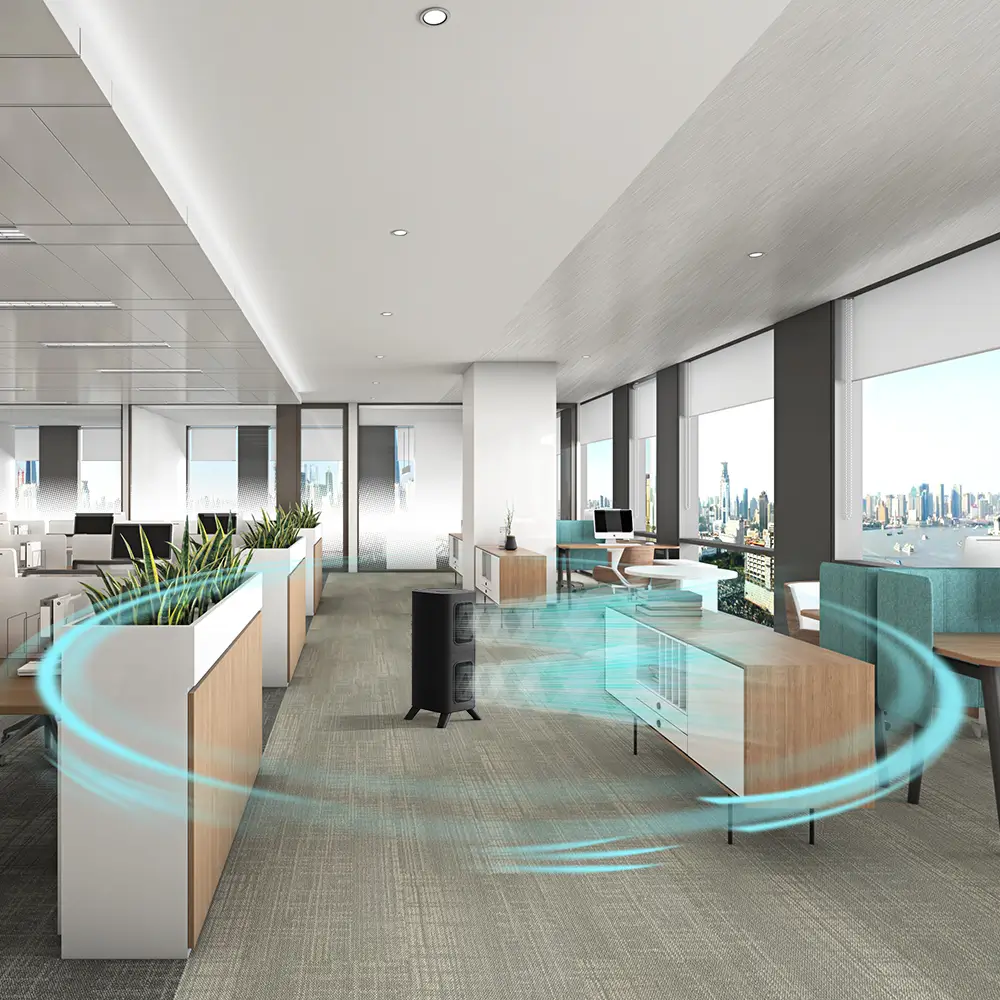
Emerging Trends: Integrated Systems and Smart Solutions
The air purification industry is continuously evolving, with a growing emphasis on integrated systems and smart technologies for enhanced performance and user experience:
- Combination Technologies: The trend is moving towards combining complementary technologies to achieve superior results. For example, the integration of ESP with cold catalysts (ESPCC) or UVC with modified carbon filters is becoming mainstream, especially in commercial-grade and high-performance residential units. These combinations leverage the strengths of each technology to provide a more holistic purification solution.
- Smart Sensors for TVOC/Formaldehyde Detection: Advanced air purifiers are increasingly incorporating smart sensors that can detect and monitor Total Volatile Organic Compounds (TVOCs) and specific formaldehyde levels in real-time. This allows the purifier to automatically adjust its operation based on the detected pollution levels, optimizing performance and energy efficiency. Users can also gain valuable insights into their indoor air quality through connected apps.
- Compact Modules with Low Pressure Drop and Long Filter Life: For manufacturers and product developers, the demand for compact, energy-efficient modules with low pressure drop and extended filter life is crucial. Low pressure drop ensures efficient airflow and quieter operation, while longer filter life reduces maintenance costs and environmental impact. These characteristics are key for innovation in OEM (Original Equipment Manufacturer) and JDM (Joint Development Manufacturer) product development.
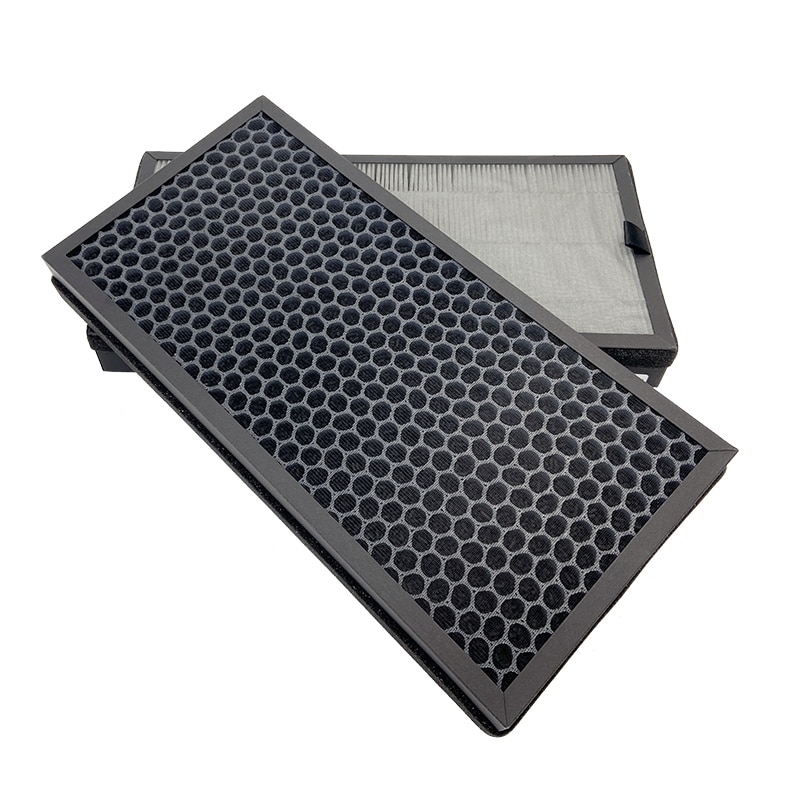
How HisoAir Can Help: Tailored Formaldehyde Removal Solutions through ODM/JDM
На сайте HisoAir, we recognize that indoor air safety is no longer a luxury but an essential component of modern living. With our mature air purification technologies and extensive experience, we are uniquely positioned to assist businesses and brands in developing cutting-edge air purifiers specifically designed for superior VOC and formaldehyde removal. We offer advanced Original Design Manufacturing (ODM) и Joint Development Manufacturing (JDM) services, empowering our partners to bring high-performance, customized air purification solutions to market.
Our ODM/JDM capabilities mean we can handle the entire product development lifecycle, from concept and design to manufacturing and certification. Whether you are looking to launch a new product line, enhance an existing one, or require a specialized solution for a niche market, HisoAir is your trusted partner. Our expertise includes:
- Custom Filtration Systems: Leveraging our advanced filtration technologies, including high-efficiency HEPA, activated carbon (standard and modified), cold catalyst, plasma, UVC photocatalysis, and our proprietary ESPCC technology, we can design and integrate custom filtration modules tailored to your specific performance requirements for formaldehyde and other VOCs.
- Smart Formaldehyde Sensor Integration: We can seamlessly integrate advanced formaldehyde and TVOC sensors into your air purifier designs, enabling real-time air quality monitoring and intelligent operation. This provides end-users with actionable data and automated purification, enhancing product value.
- OEM Housing, Branding, Packaging, and Compliance: Our comprehensive services extend to the complete product realization, including custom housing design, branding, packaging, and ensuring compliance with international standards such as AHAM (Association of Home Appliance Manufacturers), CE (Conformité Européenne), and CARB (California Air Resources Board). This ensures your products meet global market requirements and consumer expectations.
- Engineering Support for Global Markets: Our experienced engineering team provides robust support throughout the development process, ensuring that your air purifiers are optimized for performance, manufacturability, and compliance across various global markets. We understand the nuances of different regulatory environments and can guide you through the necessary certifications.
Whether you are a white-label consumer brand seeking to expand your product portfolio or an industrial client in need of a robust, high-capacity air purification solution, HisoAir has the capabilities to design and manufacture it — from initial concept to final certification. Our commitment to innovation and quality ensures that your products will stand out in a competitive market, delivering truly clean and safe indoor air.
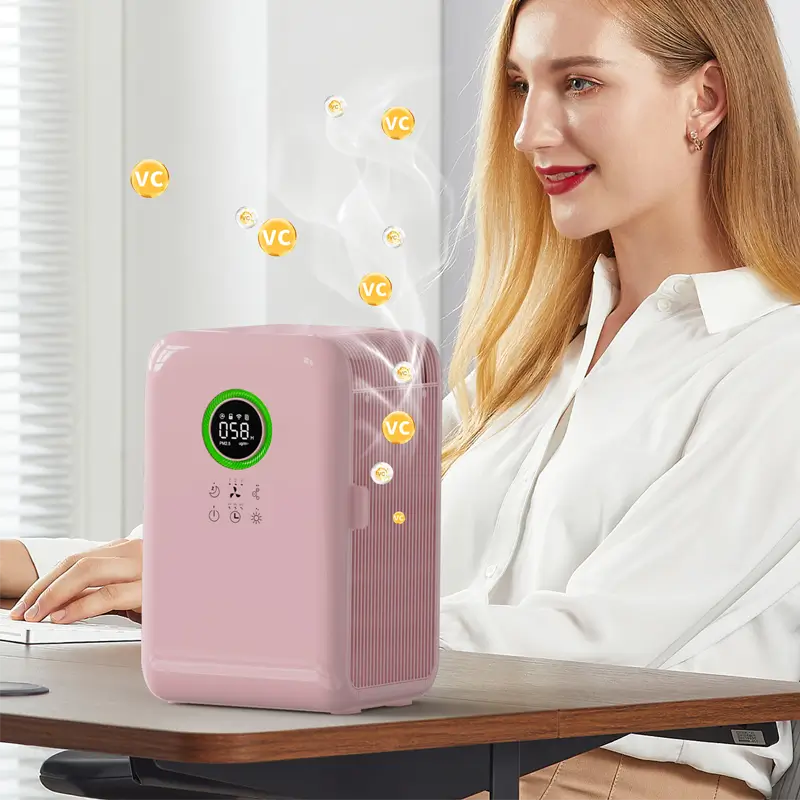
Заключение
Formaldehyde removal in indoor air is a critical aspect of maintaining a healthy living and working environment. While various technologies offer solutions, the most effective air purifiers often combine advanced filtration and catalytic methods to actively break down this persistent pollutant. As the demand for cleaner indoor air grows, so does the need for sophisticated and reliable air purification systems.
HisoAir stands ready to be your strategic partner in this endeavor. With our proven technological expertise and comprehensive ODM/JDM services, we empower businesses to develop and deliver superior air purification products that meet the evolving needs of consumers worldwide. Let's collaborate to build a cleaner, healthier future, one breath at a time.



